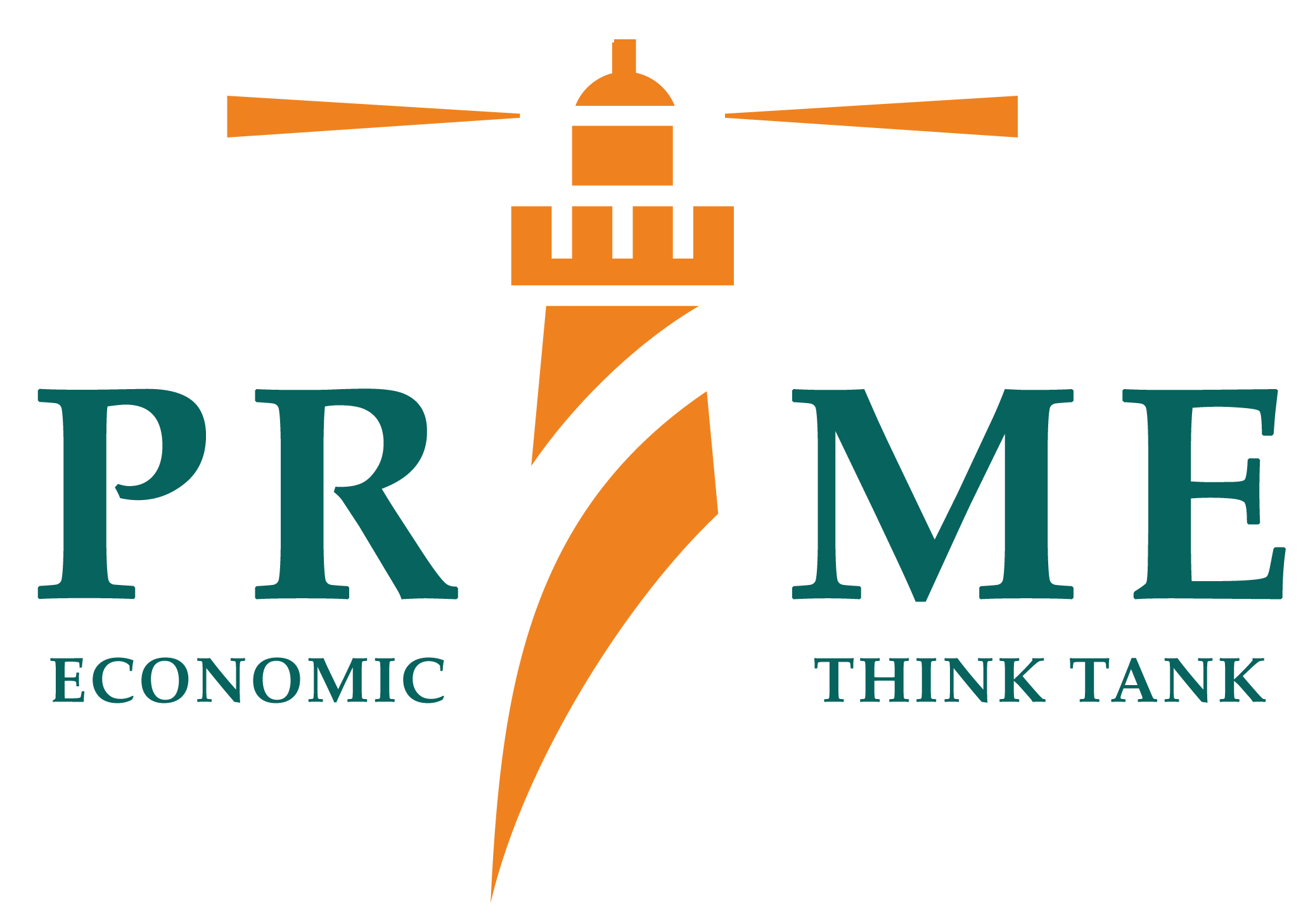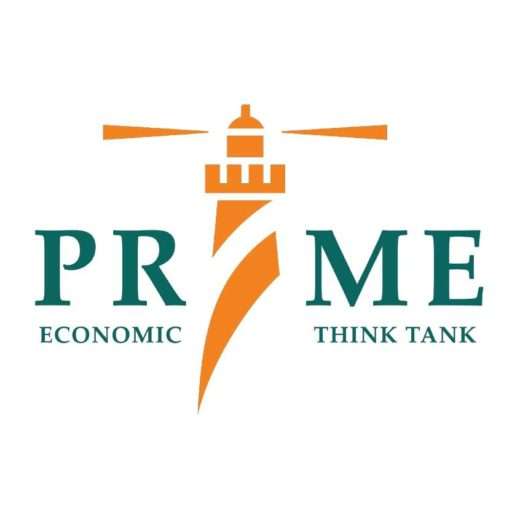It is a long held economic belief that higher level of public debt breeds risk for a country’s economic and political freedom. Political freedom is compromised when the government borrows money from various International Financial Institutions (IFIs) and donor countries, while the economic freedom is jeopardized when the debt is serviced through printing of money, heavy taxation or further debts.
Pakistan’s public debt plight is becoming increasingly unsustainable. In actuality, the public debt to GDP ratio stands at 66.3 percent as of 2018, with the stock of total public debt rising by Rs. 1.4 trillion during the first half of the current fiscal year. Presently, the debt servicing to revenue stands at 41 percent – exceeding the government established sustainability criterion of 30 percent.
Although debt can be conducive to growth and development, it can be detrimental if not put to optimal use – as has been the case in Pakistan. For most part, twin deficits have been responsible for the mounting debt burden. In particular, the burgeoning budget deficit has been the underlying factor in excessive government borrowings. The budget deficit and consequently the public debt has been increasing owing to plethora of factors such as inefficiencies of State-owned Enterprises, excessive administrative costs (current expenditures), poorly targeted infrastructure and welfare spending etc.
To read the report click on PDF
To read more, download the file:


